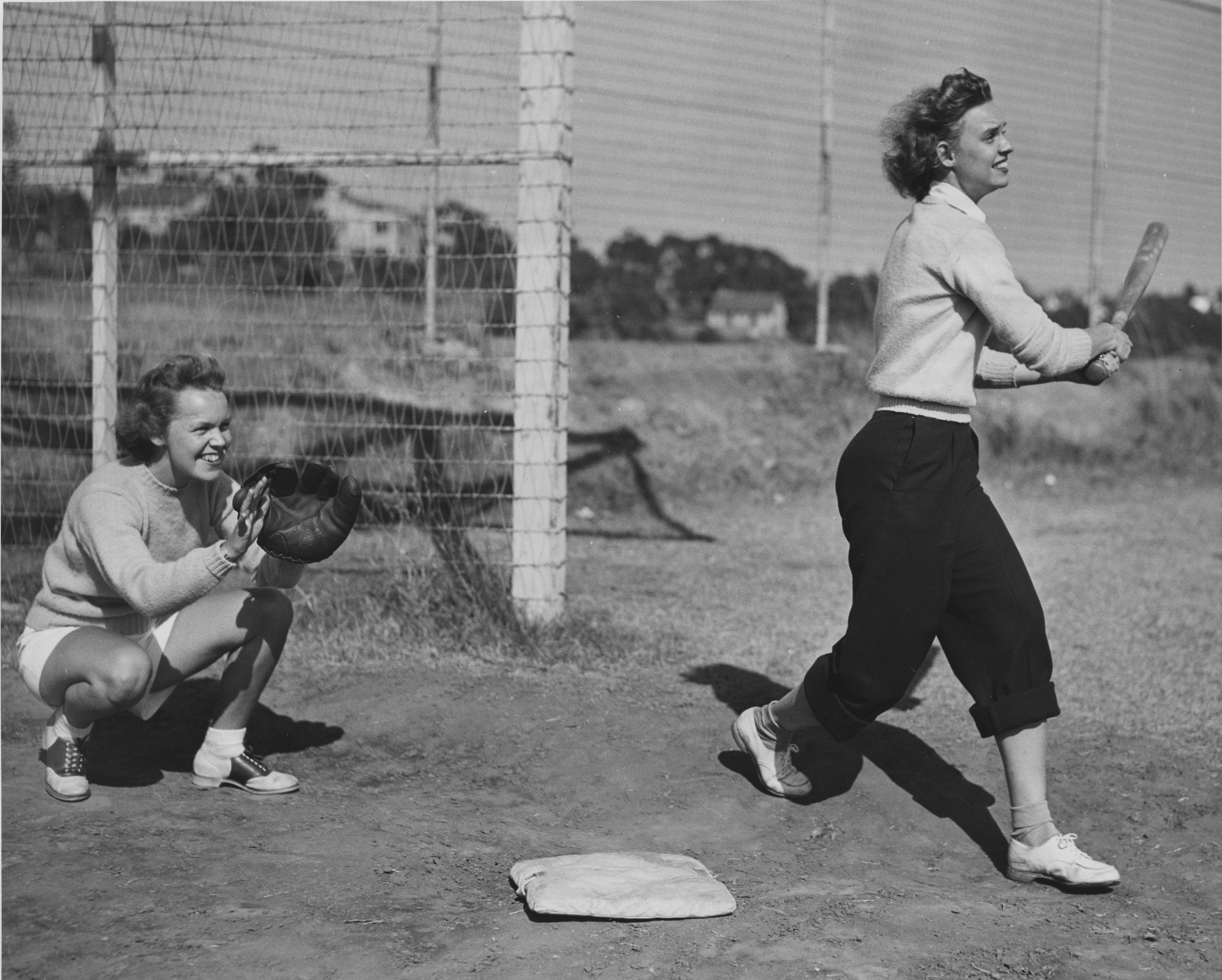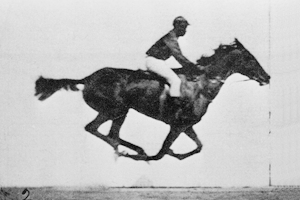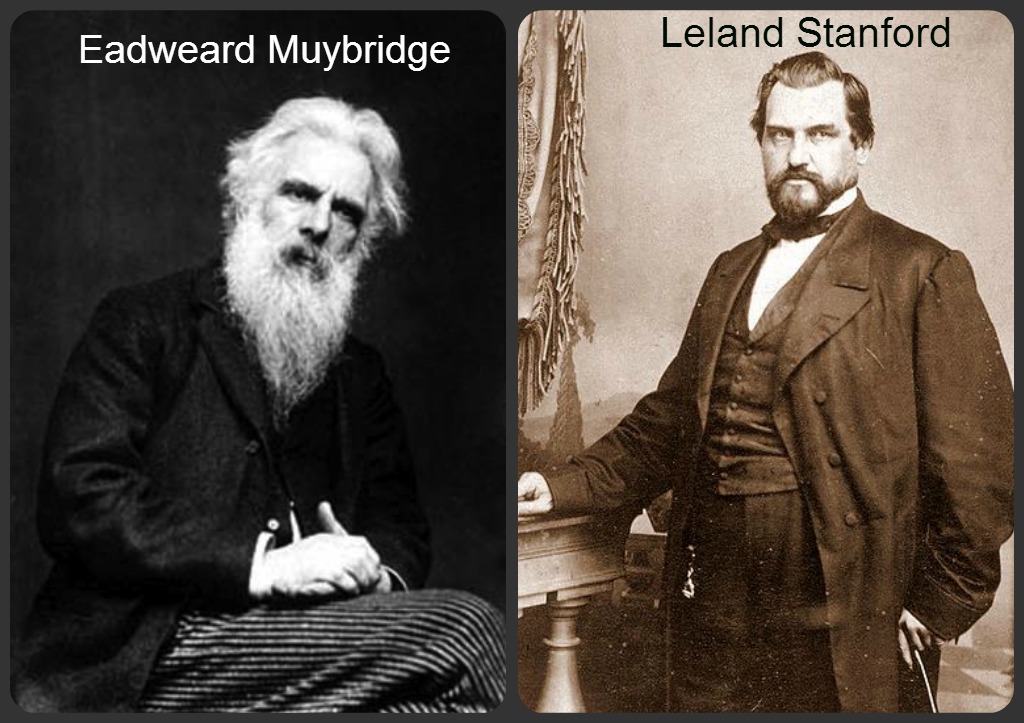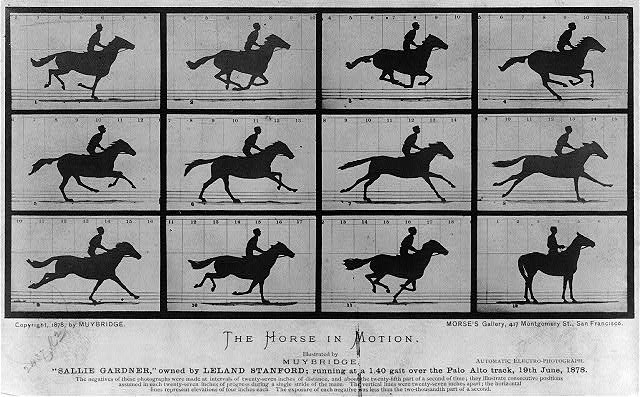“Break the rules you go to prison, break the prison rules and you go to Alcatraz.”
At about 3:15 p.m. on a Thursday afternoon, Warden James A. Johnston received a call. “There’s some trouble in the cell house. I don’t know what it is, but I think it’s bad.” For the next two days, from May 2-4, 1946, a “battle” raged in one of the country’s most notorious prisons – Alcatraz. At a time when prison attempts were common, the Battle of Alcatraz was one of the most violent attempts the penitentiary had seen. It resulted in the deaths of two guards and three inmates while eighteen more guards and one non-participating inmate were injured.
History of Alcatraz Island
Before becoming a maximum high-security federal prison, Alcatraz Island was visited by the Ohlone Indians before the Spanish explorers entered the San Francisco Bay in 1775. It is believed that the Ohlone came to the island to collect eggs and fish. While some thought the island was cursed, it may have been used as a place of spirituality and healing according to some oral traditions. The Spanish called it the “Island of the Pelicans,” since all they could see was pelicans, seagulls and rocks.
President Millard Fillmore declared Alcatraz a military reservation in 1850. Within ten years, troops were permanently stationed at the island’s post to defend the Bay Area with about 100 cannons.

The Alcatraz Light was the first lighthouse on the Pacific coast. Here the original lighthouse is seen behind Hopi inmates, c.1890s. Photo Credit: NPS
The Civil War brought a new role for Alcatraz. California was a Union state and the island was tasked with defending the state against any possible Confederate hostiles. It also held Southern sympathizers and supporters. On June 5, 1873, Alcatraz became home to the first of many American Indian prisoners. During World War I, conscientious objectors were sent there as well.
From 1934 to 1963, Alcatraz earned its reputation as the home of the country’s toughest and most dangerous felons. The Army gave Alcatraz to the U.S. Justice Department the year before. A wave of crime hit the country during the Great Depression and post-Prohibition years. Other prisons were finding it difficult to handle extremely dangerous felons. The Justice Department decided to turn Alcatraz into a maximum security federal prison. The fact that it was an island made escape attempts more difficult. Around 260 to 275 prisoners were held at Alcatraz at any given time including Al Capone, George “Machine Gun” Kelly, Alvin “Creepy” Karpis and Robert “Birdman of Alcatraz” Stoud.
In the 29 years Alcatraz served as a penitentiary a total of 38 prisoners made 14 escape attempts. The majority – 23 men – were caught before escaping the island, 6 others were shot and killed and 2 drowned. Although Alcatraz claimed that no prisoner had ever successfully escaped, 5 were never found and presumed drowned. Of all the escape attempts, the Battle of Alcatraz is still considered the bloodiest.
Battle of Alcatraz’s Hostile Inmates

Bernard Paul Coy
Bernard Paul Coy, 46 – Wielding a sawed-off shotgun, Coy robbed a Kentucky bank and earned him a twenty-six year prison sentence. He first served time at Atlanta before being transferred to Alcatraz in 1938. During his stay at The Rock, he worked as a cell-house orderly. With this position, he had access through most of the prison’s main cell-block Coy was considered the main ringleader during the Battle of Alcatraz.

Marvin Franklin Hubbard
Marvin Franklin Hubbard, 34 – In August 1942, Hubbard pled guilty to kidnapping a Chattanooga police officer and transporting him across state lines as well as stealing a Tommy gun, two revolvers and an automobile. On September 11, 1942, he escaped from the county jail in Knoxville. Like Coy, Hubbard also spent time in Atlanta. After participating in a mutiny, he was sent to Alcatraz on November 28, 1944.

Joseph Paul Cretzer
Joseph Paul Cretzer, 35 – In and out of prison since 1927, Cretzer was one-half of the Cretzer-Kyle Gang. Robbing banks up and down the west coast, Cretzer was soon being pursued by the FBI. He was apprehended in Chicago and sent to McNeil Island in February 1940. Within two months, Cretzer escaped. His newly “found” freedom lasted three days and, initially, five additional years were added to his imprisonment. However during his retrial, Cretzer attempted to escape again and assaulted a U.S. Marshal who later died. In August 1940, Cretzer was sent to Alcatraz with a life sentence. While at the prison, he attempted yet another escape in May 1941 (along with Sam Shockley and two others). Their attempt failed and Cretzer was sent to D Block – the prison’s high security unit – for five years.

Sam Shockley
Sam Shockley, 36 – After robbing a Paoli, Oklamona bank in March 1938, Shockley kidnapped the bank’s president and his wife. They were released unharmed but Shockley fled. He was later captured by a county posse after raiding a farmhouse looking for food. First incarcerated at Leavenworth, Shockley was examined by prison psychiatrists who found that his IQ was a low 54. They also found that he was unstable and thus prone to violence. He was transferred to Alcatraz because it had a stricter routine that could manage Shockley’s potential rages. Shockley spent most of his time in the isolation unit because the prison felt that he was uncontrollable. He attempted to escape with Cretzer in May 1941.

Miran Edgar Thompson
Miran Edgar Thompson, 29 – An escape artist, Thompson had been arrested eight times and, while being held in smaller jails, escape every time before arriving at Alcatraz in October 1945. He was serving a 99-year term for kidnapping and a life sentence for murdering an Amarillo, Texas police officer. He also committed armed robberies around the Midwest and Southwest states.

Clarence Victor Carnes
Clarence Carne, 19 – Also known as the Choctaw Kid, his life a crime reportedly started at the age of 8 when he stole candy bars at school. In 1943, he was sentenced to life in prison after pleading guilty to murdering an Oklahoma service station attendant during a holdup. Carne was 16. Two years later, he escaped from a state reformatory and commandeered a truck with an elderly couple in it. He was captured. Kidnapping and escape charges were added to his sentence, bringing it up to 99 years. After having problems at Leavenworth, Carne was transferred to Alcatraz in late 1945. At 18 years of age, he was the youngest man ever admitted to the famous island prison.
Prisoner Takeover

The arrow is pointing to the West End Gun Gallery where Bernard Coy climbed and using a bar spreader and grease, was able to slip between the bent bars and into the gallery to overpower the officer and secure firearms. Photo Credit: Alcatraz History
On a Thursday afternoon around 2 p.m., hell broke out at Alcatraz. In the months leading up to the incident, Bernard Coy used his highly desired job as a maintenance man to figure out the guard routine and possible escape areas. He found five other accomplices. On May 2, 1946, Coy put his plan into action.
After lunch most prisoners and guards were in workshops outside the prison. Accomplice Marvin Hubbard, a kitchen orderly, told guard William Miller he had finished his job. Coy was sweeping the floor as Miller frisked Hubbard. Coy attacked Miller from behind and both inmates overpowered the guard.
Coy rubbed grease over his body and scaled the barred cage up to the West End Gun Gallery while Joseph Cretzer acted as lookout below. Once Coy reached the top he used a makeshift bar spreader and pried open the bars enough, to nearly 10 inches in width, and squeezed his body through. It is thought that leading up to the event, Coy greatly limited his food intake to reduce his weight and body mass.
After securing a riot club, Coy hunched down next to a door. The other men lured out another officer and Coy attacked and bound him. Taking the officer’s keys, Coy kept the gun gallery’s Springfield rifle and lowered a M1911 pistol, clubs and gas grenades to the inmates below.
Coy entered D Block, which held isolated prisoners, and forced another guard to open the adjoining door into C Block to let Cretzer and Hubbard in. Then they released around a dozen other inmates including three other collaborators – Clarence Carnes, Sam Shockley and Miran Thompson – from their cells. According to reports, the other released prisoners smartly returned to their cells.
Escape Attempt
The armed convicts locked nine unarmed guards, some hurt, into cells #404 and #403. The plan revolved around getting access to the recreation yard. However, Coy could not find the key to the massive metal door that led to the yard. When officer Miller was first assaulted, he surrendered almost all his key except the yard one – the most critical one. After he was thrown in the cell, he put the key in the cell’s toilet.

Names of the prisoners involved in the Battle of Alcatraz written on the prison wall by officer Ernest Lageson. The circled names were the ringleaders. Photo Credit: Our National Parks
Meanwhile, the rest of the prison caught onto the ruckus in C Block when the guards did not report in. The first few guards that went by the area on their patrol were also taken as hostages. At around 3:15 p.m. Coy began shooting at the watchtowers. Gun fire was reportedly heard by San Francisco residents and Golden Gate Bridge passengers. Alcatraz’s alarms began to sound. Unknown to the prisoners at the time, their plan had already failed.
Knowing their plan was failing, Shockley and Thompson were worried that the guards would identify them so they urged Cretzer, one of the only inmates armed with a gun, to kill them. Reportedly, Carnes left the group and went back to his cell around this time. Cretzer unloaded rounds into one of the hostage cells. The inmates walked away without checking to see if the guards were injured or killed. Many of the guards were injured, some critically. Officer Ernest Lageson took a shot to the face but wrote the names of the conspirators on the wall with a circle around the ringleaders. He feared they would all die.
The inmates decided they were not going down without a fight. And a fight they got.
Battle on The Rock
Alcatraz Warden James A. Johnston sent word at 3:17 p.m. that there is “serious trouble” but does not know the extent of it. Emergency calls were made to the Coast Guard, San Francisco Police, Navy and the Marines stationed nearby. Off-duty correctional officers were called in to help take back the cellhouse. The inmates who were working in the workshops during the takeover were assembled in the recreation yard with blankets and pillows.
Lt. Phil Bergen was tasked with leading the first team into the cellhouse though the West End Gun Gallery to rescue the captive guards. After exchanging gunfire with the inmates, the team retreated. Three officers were hit during the assault. One officer, Harold Stites, was killed. He was the first casualty of the Battle of Alcatraz.

Smoke, possibly from a grenade, pours from a window of the Alcatraz cellhouse. The wall is pockmarked with bullet holes fired by officers in an attempt to subdue the loose convicts during the Battle of Alcatraz. Photo Credit: NPS: Alcatraz Island
A little after 10 p.m., another team of fourteen officers burst into the cellhouse to rescue the hostages. The inmates laid out heavy gunfire, forcing the team to retreat again. Before they fully retreated, they were able to close the D Block access door. Shockley and Thompson realized their chances of escaping were slim to none and returned to their cells.
For a while all that could be heard in Alcatraz was the random exchange of gunfire. The Marines, unsure who is doing all the shooting, start bombing D Block and filling it with smoke. They also drilled holes in the ceiling and lowered hand grenades. Coy, Cretzer, and Hubbard retreated to a utility corridor. Around 500 hand grenades were used during the Battle of Alcatraz.
Nearly 48 hours after it started, gunfire ceased.
Aftermath

Officers with the dead bodies of Joseph “Dutch” Cretzer, Bernand Coy and Marvin Hubbard aboard the deck of the Warden Johnston at the Van Ness Street Pier. Photo Credit: Alcatraz History

Clarence Carnes, Sam Shockley, and Miran Thompson on their way to court to be tried for their role in the bloody escape. Thompson and Shockley were found guilty and sentenced to death. Carnes, found guilty and sentenced to life imprisonment, was paroled in 1973. Photo Credit: NPS: Alcatraz Island
Coy, Cretzer and Hubbard were killed from bullet wounds and shrapnel in a corridor about two and a half feet wide. Coy, wearing a guard’s coat, was found died with the rifle beside him. Cretzer was killed a few feet away with a pistol within arm’s reach and the keys in his pocket. Both Coy and Cretzer died late Friday night with Coy dying first. Hubbard was found away from the other two and was believed to be the last to die sometime Saturday morning.
Two guards were killed during the battle. Stites was killed as part of the rescue team sent in to regain control of the cellhouse. The first guard attacked, William Miller, also died due to the injuries he sustained. He was also the one who hid the recreational yard key that prevented the convicts from escaping. Eighteen other guards were injured as well as non-participating inmate.
The injured guards pointed out Shockley, Thompson and Carnes as conspirators. Shockley and Thompson stood trial for their role in the killing of Miller. They both received the death penalty. On December 3, 1948, Shockley and Thompson were executed sitting side-by-side in the gas chamber at San Quentin. Several other inmates were thought to have been involved but there was not enough evidence. Carne received an additional 99-year sentence. He did not receive the death penalty because guards testified that Carne was ordered to kill several guards but refused and left.
Blame for the escape attempt fell on the two guards for allowing themselves to be overcome by the convicts and Warden Johnston for lack of management. He was replaced in 1948 by Edwin Swope – whose seven-year term saw no escape attempts.
Grenade marks are still visible on the floor of Alcatraz as are legends of the prison’s illustrious prisoners. The Battle of Alcatraz is considered one of the most significant events in the prison’s history.
Sources
“Ringleaders of the Revolt,” San Francisco Chronicle, May 4, 1946.
Stanton Delaplane, “Alcatraz Revolt—The Second Day—’Shot in Cold Blood, I Lay There 10 Hours,'” San Francisco Chronicle, May 4, 1946.
Jack Eoisie, “Hour-by-Hour Account of Battle,” San Francisco Chronicle, May 4, 1946.
Jack Eoisie, “Grenades Pin Rebels in One Cell Block, San Francisco Chronicle, May 4, 1946.
Stanton Delaplane, “Bloody Rebellion at Alcatraz Is Over; Reporter Writes From Battle Scene; Warden Tells Just How It Happened,” San Francisco Chronicle, May 5, 1946.
Alvin D. Hyman, “Battle of Alcatraz: The Warden’s Report,” San Francisco Chronicle, May 5, 1946.
“Indian Occupation,” National Park Service.
Alcatraz History, “Battle of Alcatraz.”
Drew Morita, “Aftermath of the ‘Battle of Alcatraz‘, examiner.com, May 5, 2010.
Lily Stofman, “Alcatraz was unique home for prison staff families,” Our National Parks, May 2, 2008.
Federal Bureau of Prisons, “A Brief History of Alcatraz.”
National Park Service, “Alcatraz Island.”
Photo of the inmates found at Alcatraz History.
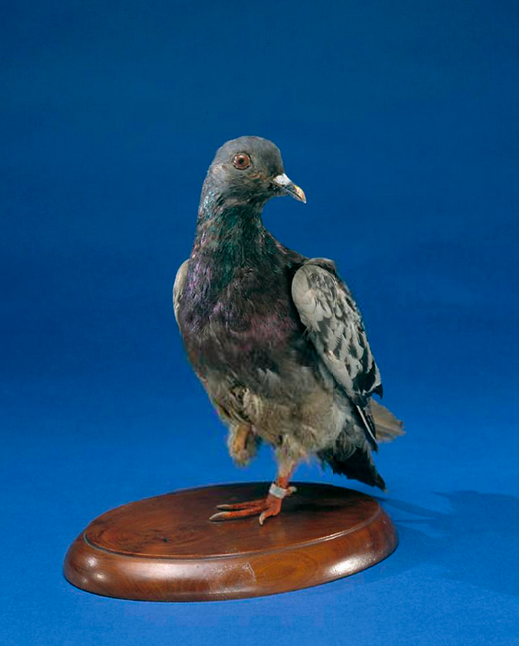



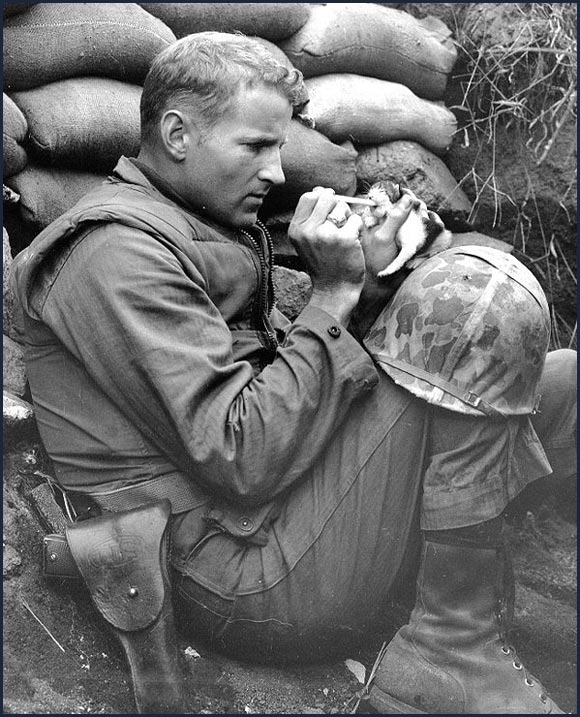



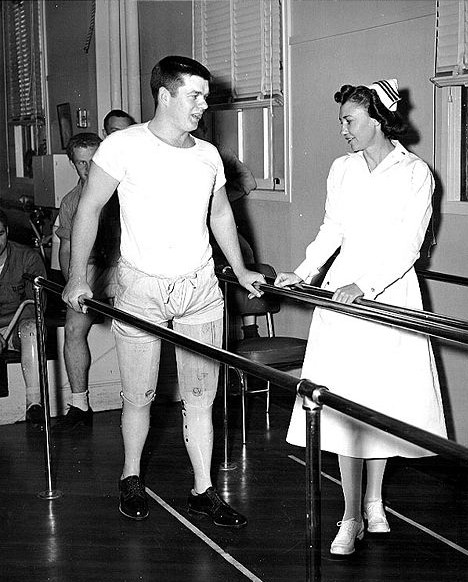


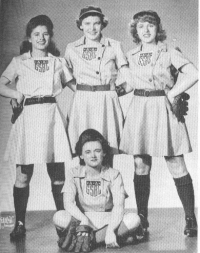
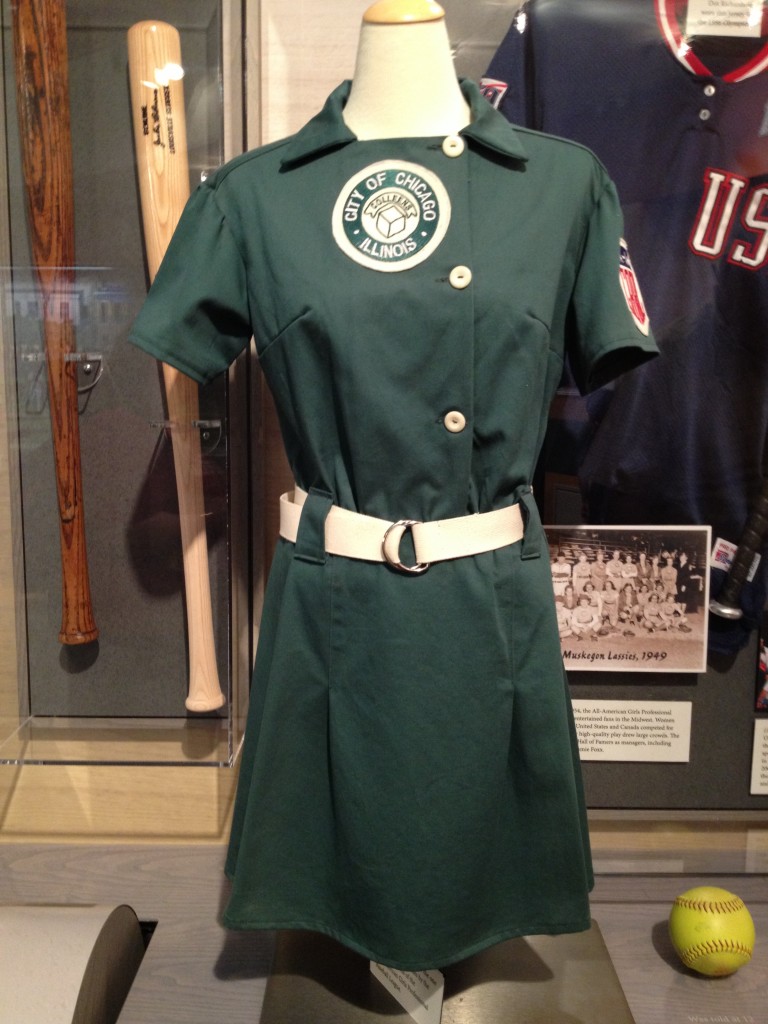
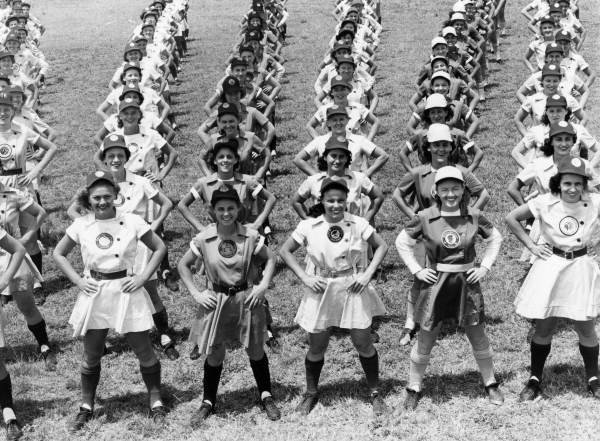
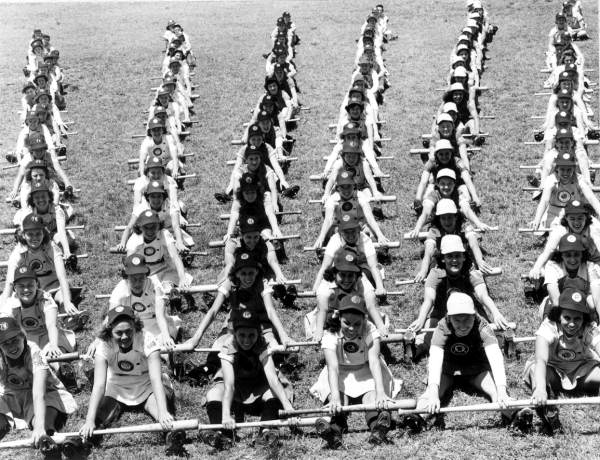
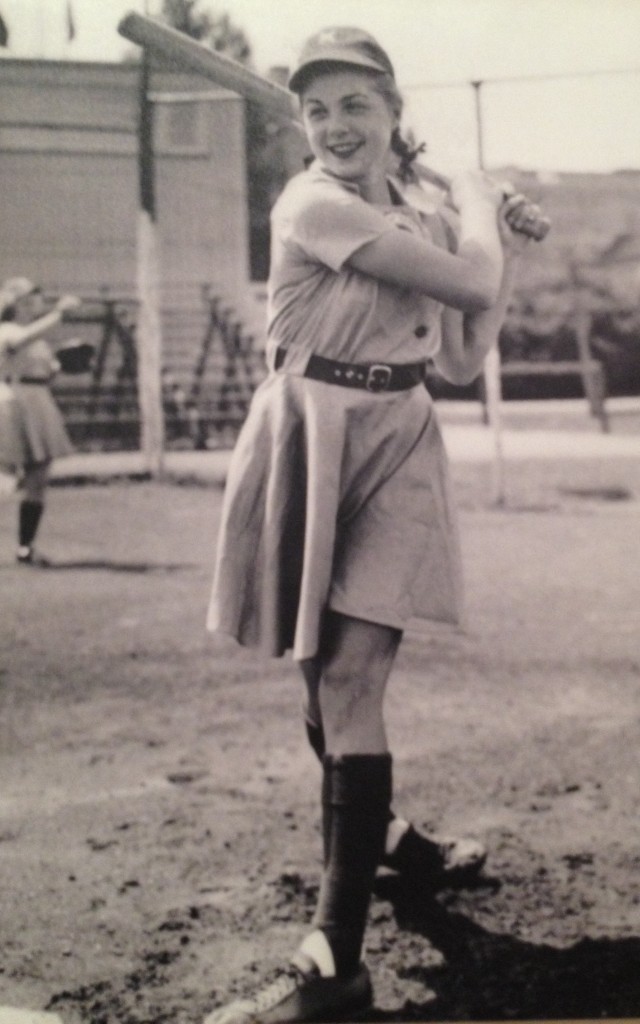



!["Hit: Its a hit and batter Dottie Schroeder, blonde pigtails and all, start[s] running for first. Catcher Mary Rountree and Umpire Norris Ward. These girls really hit...and are lightning when running." (Florida Memory)](/wp-content/uploads/2013/06/All-American-Girls4.jpg?resize=150%2C150)












